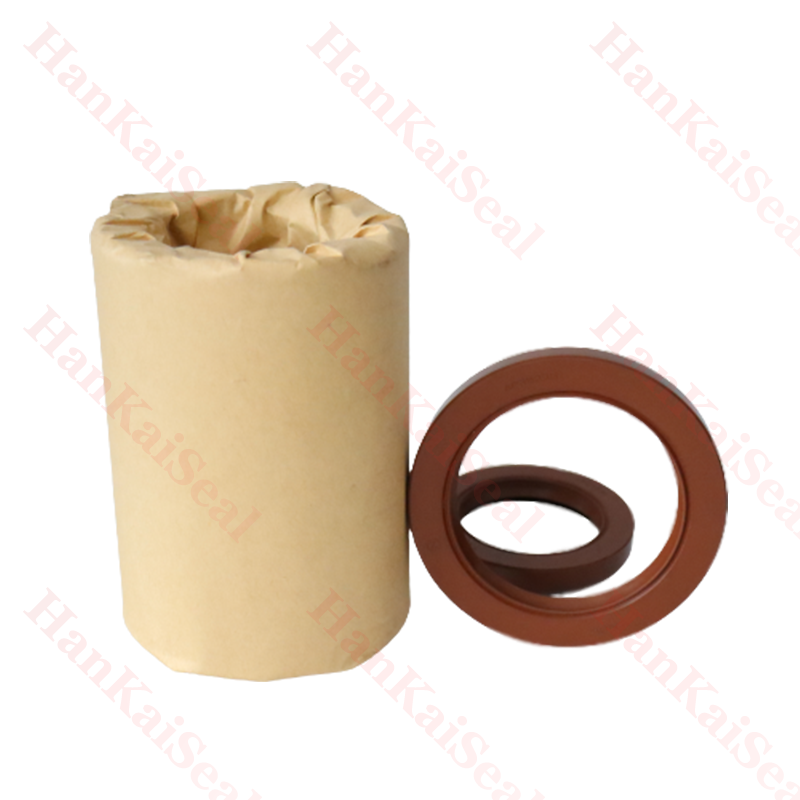നവം . 16, 2024 20:03 Back to list
seal kit cylinder
Understanding Seal Kits for Hydraulic Cylinders
In the world of hydraulic machinery, the efficiency and performance of equipment often hinge on the small yet critical components that make up its systems. One of the most essential elements in hydraulic systems is the seal kit for hydraulic cylinders. Seal kits play a crucial role in maintaining the integrity and functionality of hydraulic systems by preventing fluid leakage, ensuring optimal performance, and prolonging the lifespan of equipment.
What is a Seal Kit?
A seal kit, specifically designed for hydraulic cylinders, is a collection of seals, O-rings, and other components used to create a tight barrier that prevents hydraulic fluid from leaking out of the cylinder. These kits typically include diverse types of seals, such as wipers, rod seals, and piston seals, each serving a unique purpose within the hydraulic system. The terminology can be a bit overwhelming, so let’s delve into the key components.
1. Rod Seals These seals are positioned between the cylinder and the rod, functioning to prevent hydraulic fluid from escaping the cylinder during movement. They are crucial for maintaining pressure and efficiency.
2. Piston Seals Unlike rod seals, piston seals are located inside the cylinder and are designed to create a sealing surface between the piston and the cylinder wall. Their primary role is to ensure that the hydraulic fluid forces the piston to move, enabling the desired action of the hydraulic system.
3. Wiper Seals These seals protect the rod seals from contaminants such as dirt and debris that could compromise their effectiveness. Wipers act as the first line of defense, scraping off any unwanted particles before they can enter the hydraulic system.
4. O-Rings These are circular sealing components that provide additional sealing in various applications in the hydraulic system. O-rings are versatile and can be used in conjunction with other seals for added security against leaks.
seal kit cylinder

Importance of Selecting the Right Seal Kit
Choosing the correct seal kit is vital for the longevity and efficacy of hydraulic cylinders. A seal kit that is not appropriate for a particular application can lead to premature wear, hydraulic fluid leakage, and, ultimately, system failure. Various factors must be considered when selecting a seal kit, including the size of the cylinder, the type of hydraulic fluid in use, and the operating environment.
One of the main components to take into account is the material composition of the seals. Common materials used include polyurethane, rubber, and PTFE (Teflon), each with its advantages and disadvantages. For example, polyurethane seals are known for their durability and resistance to wear, making them suitable for high-pressure applications. However, rubber seals may be preferred in environments where chemical exposure is a concern.
Maintenance and Replacement
Regular inspection and maintenance are key to ensuring that hydraulic seal kits continue to perform effectively. Signs of wear, such as leakage or decreased efficiency in the hydraulic system, may indicate that a seal replacement is necessary. Many operators opt to maintain an inventory of seal kits on hand to minimize downtime in case of a failure.
Furthermore, knowing when to replace seals and understanding the overall lifecycle of a seal kit can save significant time and resources. Hydraulic system operators should establish a routine maintenance schedule to check seals for wear and tear, and they should be prepared to replace kits proactively rather than reactively.
Conclusion
In summary, seal kits are a fundamental aspect of hydraulic cylinder functionality and performance. Understanding their components, selecting the right kit, and implementing a diligent maintenance protocol can significantly impact the efficiency of hydraulic systems. As industries increasingly rely on hydraulic technology, the importance of well-functioning seal kits cannot be overstated. By ensuring seals are correctly selected and maintained, operators can enhance the longevity and performance of their hydraulic machinery, leading to improved productivity and reduced operational costs.
-
TCN Oil Seal Metal Ring Reinforcement for Heavy Machinery
NewsJul.25,2025
-
Rotary Lip Seal Spring-Loaded Design for High-Speed Applications
NewsJul.25,2025
-
Hydraulic Cylinder Seals Polyurethane Material for High-Impact Jobs
NewsJul.25,2025
-
High Pressure Oil Seal Polyurethane Coating Wear Resistance
NewsJul.25,2025
-
Dust Proof Seal Double Lip Design for Construction Equipment
NewsJul.25,2025
-
Hub Seal Polyurethane Wear Resistance in Agricultural Vehicles
NewsJul.25,2025
-
The Trans-formative Journey of Wheel Hub Oil Seals
NewsJun.06,2025
Products categories
















